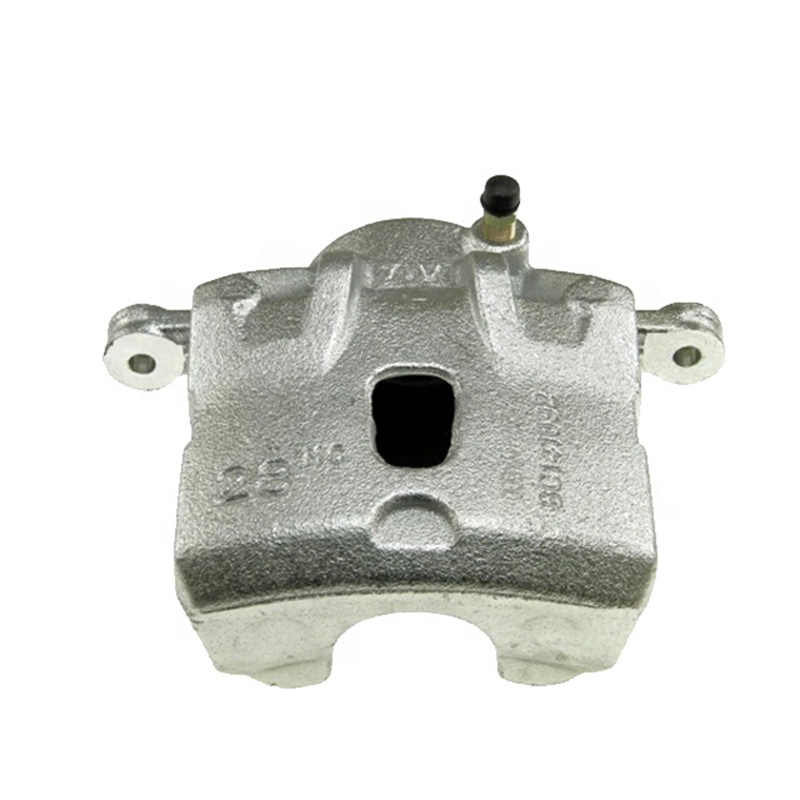Without
brake calipers, the car's braking system would break down. That's where the all-important brake calipers come in. These vehicle components connect the brake pads together so both will make contact with the surface of the brake rotors, slowing the car down or stopping it altogether. Let's learn more about brake calipers below!
Brake system
To fully understand the importance of brake calipers, we must be familiar with the technical terms involved and the other components that make up a car's braking system.
disc brake
Most cars these days have disc brakes, but usually only in the front wheels. Although, some vehicles also have disc brakes on the rear. In this braking system, the wheels are attached to rotors or discs made of metal. Meanwhile, the brake calipers look like clamps above the rotors.
brake pads
Looking at the caliper, two plates made of metal are attached to a specific material, causing friction. The correct term for these metal plates is brake pads. There are two types of brake pads: outer and inner. Obviously, the outboard brake pads are on the outside of the rotor. They are facing the curb. The inner brake pads are located inside the rotor, facing the car. Once the brake pedal is pressed, the hydraulic fluid from the master cylinder creates hydraulic pressure in the pistons of the brake calipers. This part of the process forces the brake pads into contact with the rotor. The friction material of the bearing pads is so strong that it actually affects the movement of the rotor. Since the rotor is attached to the wheel, the dynamics always follow the wheel. For a functioning car, it's impossible for the rotors and wheels not to work at the same time.
drum brake
This braking system is only found in older models. It consists of a rotating drum with brake shoes. These two components in a drum brake system create friction that slows the wheels. Their friction traps gas and heat into the drums, causing brake fade, or loss of power to brake the car. That's why new cars don't use drum brakes. Disc brakes are more reliable than drum systems because the pads are not contained within a metal interior. Brake pads require ventilation to avoid rapid heat build-up. Drum brakes can now still be used as long as they are located at the rear. The rear wheels don't need much braking power.
Types of brake calipers
Brake calipers come in two main types: floating and fixed. Float can also be called a vernier caliper. Check the similarities and differences between floating and fixed calipers:
Floating Caliper
The movement of the floating caliper is an in and out movement. This type of caliper can only have a maximum of two pistons on the inside of the rotor. When you step on the brake pedal, the piston compresses the entire caliper, thanks to the brake pads, causing friction on each side of the rotor.
Fixed brake caliper
Floating calipers are fixed sums. While the floating caliper follows a certain movement, the fixed caliper doesn't move at all. The pistons that hold the calipers are also located on the inside and outside of the rotor. The disadvantage of this caliper is the cost of the piston. Some fixed calipers contain more than two pistons on either side. Only if the owner can afford the expense, the rotor can actually have twelve pistons around it.
Brake Caliper and Vehicle Dimensions
Clamping force is the basis for how strong a brake caliper is at stopping a vehicle. It specifically refers to the forces exerted on the rotor surface. Strong clamping forces are only possible if the friction material of the brake pads is effective and wide. Also, the number of pistons affects force.

OE Number: 58110-2E000
Installation location:Front Axle,Left
Applicable models:HYUNDAI TUCSON (JM)










